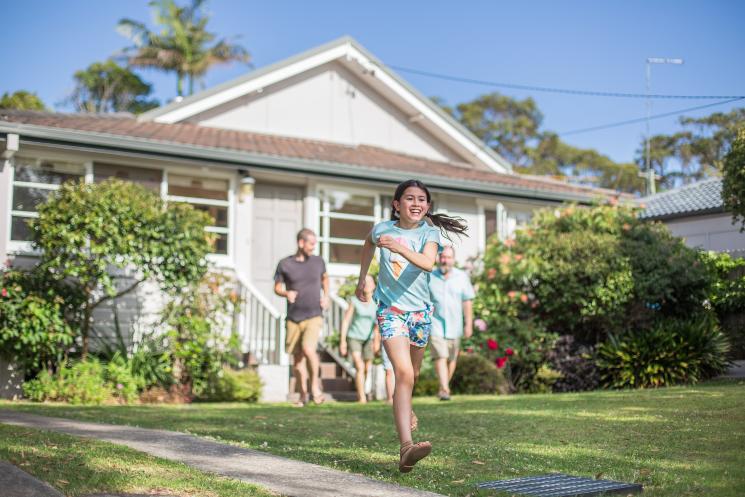6 Ways to Lower Your Blood Pressure with Exercise

Tips for National Heart Month
Maintaining healthy blood pressure is a critical part of maintaining general health. Blood pressure is the force blood exerts against the walls of your arteries. This force is primarily a function of how hard your heart is pumping and how much resistance to that blood flow your arteries are exerting. Resistance can come from the narrowing of arteries as we age or as a function of poor diet, inflammation, and other factors.
High blood pressure can, over time, lead to heart disease and increase the risk of stroke. Because of these increased risks, it’s important to work with your health care provider to maintain healthy blood pressure.
Blood pressure guidelines have evolved over the years; the latest guidelines provide the following ranges:
- Normal:
Systolic (upper number): Less than 120
Diastolic (lower number): Less than 80
- Elevated:
Systolic (upper number): 120-129
Diastolic (lower number): Less than 80
- High Blood Pressure Stage 1:
Systolic (upper number): 130-139
Diastolic (lower number): 80-89
- High Blood Pressure Stage 2:
Systolic (upper number): 140 or higher
Diastolic (lower number): 90 or higher
- Hypertensive Crisis:
Systolic (upper number): Higher than 180
Diastolic (lower number): Higher than 120
Exercise and diet can help lower your blood pressure and keep it at healthy levels. Try the following tips to improve your blood pressure:
- First, Get the Green Light from Your Doctor - No matter what your blood pressure level, make sure your general health is where it needs to be to take on an exercise program. Let your doctor know that you’d like to use exercise and other lifestyle changes to lower your blood pressure. Your doctor will help determine what is safe for you. Your doctor may also prescribe medication based on your blood pressure and other risk factors.
- Increase Your General Activity - Traditional exercise is not the only activity that counts. General activity can also help to reduce blood pressure. Activities such as housework, gardening, walking can all help. Anything that gets your heart rate elevated and your blood moving will impact your blood pressure. Incorporate more activity into your day. Park farther away and walk to your destination. Take the stairs when you can versus the elevators. Do a little more cleaning to make your space tidier and get your heart working.
Being more active also means spending less time sitting. Sitting has been linked to many health issues, so get up and move and limit the time you spend on the couch.
- Increase Aerobic Exercise - Exercises that involve repetitive motions—swimming, cycling, and jogging—are very effective in helping increase your heart rate. Incorporate at least 30 minutes of brisk exercise into your day. Using tools like heart-rate monitors and fitness trackers can help you set goals for yourself. You can also do some of these activities with friends. Doing things as a group can make activity more fun.
- Get into Weight Lifting - Weight lifting can increase your blood pressure temporarily. This increase can be notable, but the benefits of weight lifting are significant. Try doing more repetitions with less weight when you first start. Also, be sure to listen to your body and slow down if you feel overexerted or feel like you are about to risk injury. The U.S. Department of Health and Human Services recommends lifting weights at least two times a week.
- Check Your Progress - You can get a blood pressure monitor at your local pharmacy or online. Check your progress regularly. Staying on top of your blood pressure will help you determine whether your lifestyle changes are working.
- Get Regular Check-ups - See your health care professional regularly. Your doctor will monitor your blood pressure to make sure you are staying in a safe range. As previously mentioned, your doctor may prescribe medication in addition to lifestyle changes to help manage your blood pressure.
